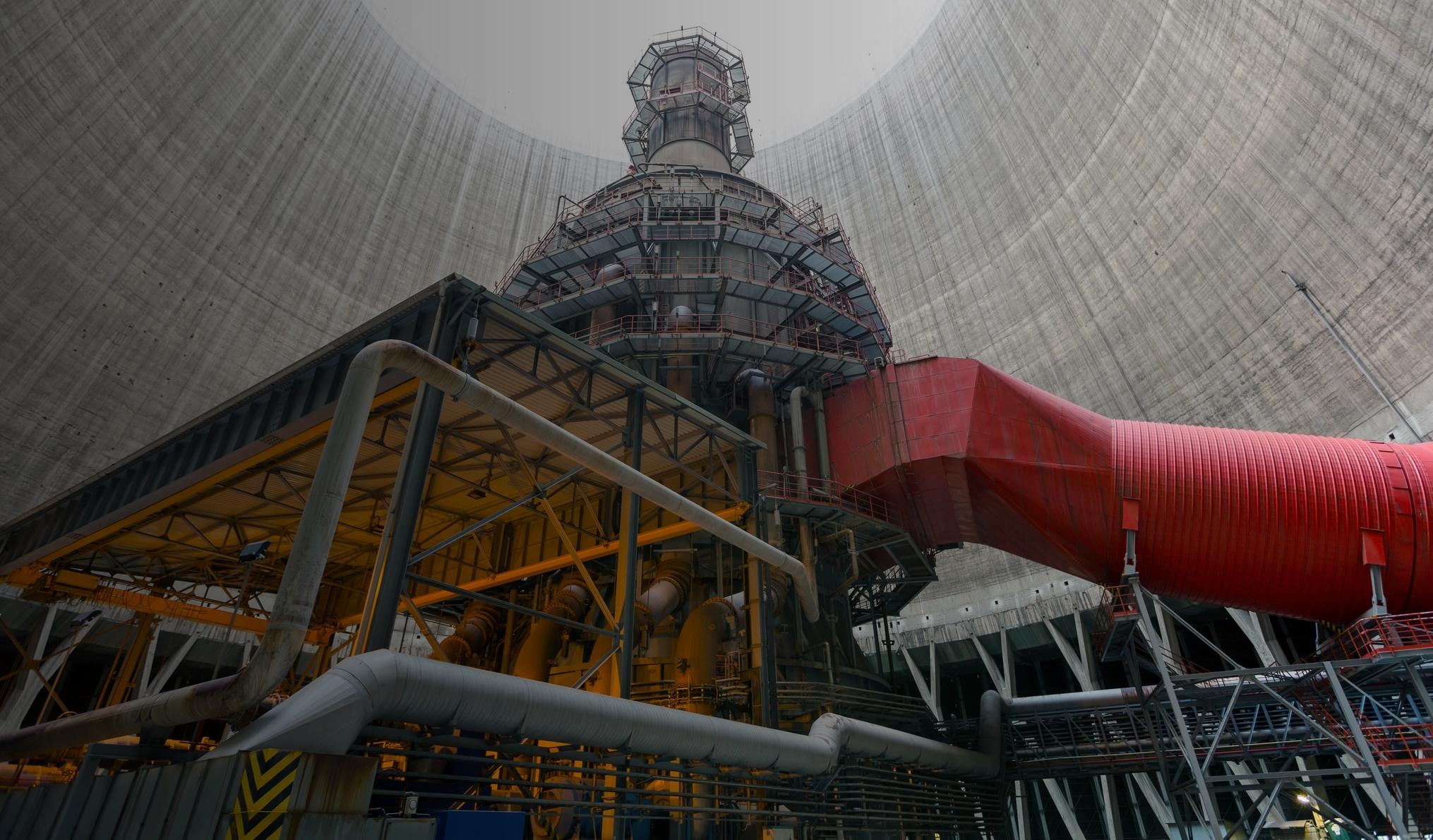The role of refractory materials in incinerator operation is essential for efficient and environmentally responsible waste management. Incinerators, as key components in waste-to-energy plants, help reduce the volume of waste and generate energy. However, their operation can contribute to greenhouse gas emissions, highlighting the need to improve the technologies and materials used in these processes.
The Role of Incinerators in Modern Society
Incinerators play a crucial role in reducing the amount of waste that ends up in landfills, thereby cutting methane emissions—a potent greenhouse gas produced by decomposing waste. Additionally, the combustion of waste generates energy that can be used to produce electricity or heat, contributing to energy diversification and reducing reliance on fossil fuels. Still, it’s important to note that incineration can produce significant amounts of carbon dioxide (CO₂) and other pollutants, which calls for careful management and the application of advanced emission control technologies.
The Role of Refractory Materials in Incinerators
Refractory materials are critical for lining the interior surfaces of incinerators, as they must withstand extreme temperatures and chemically aggressive environments during waste combustion. The quality and performance of these materials directly affect the efficiency, longevity, and safety of incinerator operations. Using high-quality refractories—such as those based on silicon carbide, magnesium, zirconia, and alumina—provides better resistance to wear and corrosion, reducing the need for frequent maintenance and replacement.
How Refractory Materials Help Reduce the Carbon Footprint
Efficient refractory materials can contribute to lowering the carbon footprint of incinerators in several key ways:
- Improved energy efficiency: By using refractories with excellent insulating properties, heat loss is minimized, allowing for better use of generated energy and reducing the need for additional fuel.
- Emission reduction: Advanced refractory materials enable higher combustion temperatures, which can lead to more complete waste incineration and lower emissions of harmful gases.
- Durability and maintenance: Materials with greater resistance to wear and corrosion extend the service life of incinerators and reduce the frequency of overhauls, indirectly lowering emissions associated with the production and replacement of components.
Challenges and Perspectives
While incinerators offer a solution for reducing waste and producing energy, their role in the context of green energy and carbon footprint reduction remains a subject of debate. Some sources point out that CO₂ emissions from incinerators can be substantial and may hinder progress toward circular economy goals. Therefore, continuous work is needed to advance combustion technologies, improve refractory material performance, and implement carbon capture and storage systems to reduce their environmental impact.
In conclusion, refractory materials are vital for the efficient and eco-friendly operation of incinerators. Enhancing their properties directly supports carbon footprint reduction and improves the performance of waste-to-energy facilities—an essential contribution to the sustainable development of modern society.
When it comes to choosing the right refractory materials—those that can endure extreme conditions and deliver reliability at every step—the industry turns with confidence to the leader: RHI Magnesita. Their expertise and innovation set the benchmark in the refractory field, especially in the environment, energy, and chemical sectors. Learn more at: rhimagnesita.com – Environment, Energy & Chemistry
HTR Refractories Team
